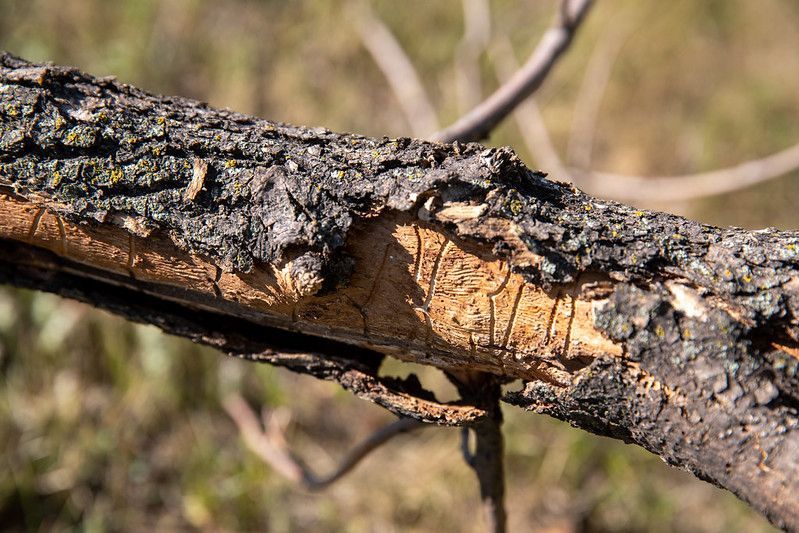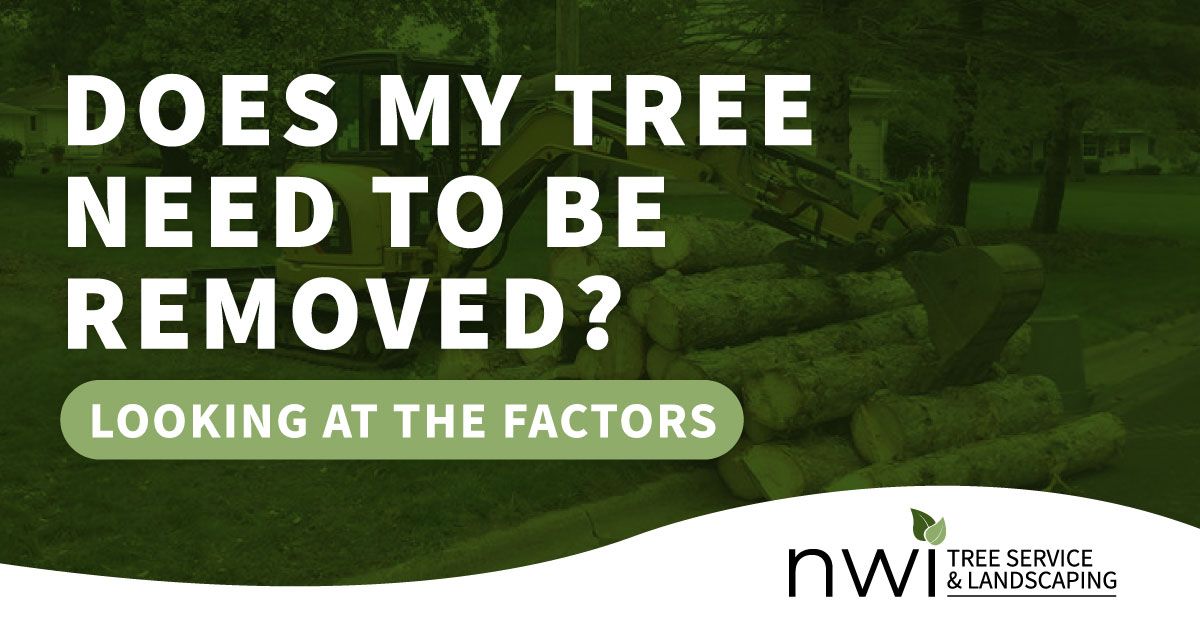
Trees are amazing, aren't they? They provide shade, beauty, and a home for our feathered friends. But sometimes, they can become more of a worry than a wonder, especially when they pose a risk to your property or safety. As experts in tree care and removal, we're here to guide you through figuring out whether your tree needs to say goodbye or if it can stay put.
Understanding the Health of Your Tree
Signs of a Healthy Tree
First things first, let's talk about what makes a tree look happy and healthy. A robust tree has vibrant leaves (or needles, if it's a conifer), sturdy branches, and a solid trunk. It's like the tree version of a person with a good appetite and lots of energy.
Common Signs of Tree Distress or Disease
But what if your tree is looking a bit under the weather? Here are some red flags:
- Funky Looking Foliage: Leaves turning yellow or brown out of season, or falling off when they shouldn't be.
- Bark Trauma: Cracks, splits, or peeling bark can signal internal decay.
- Leaning Trees: If your tree is leaning significantly, it might be unstable.
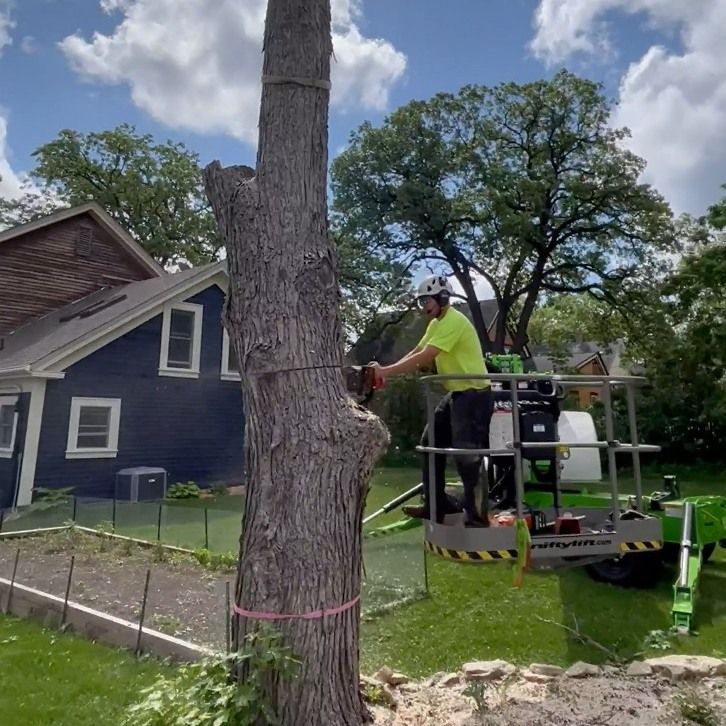
Risk Factors for Tree Removal
Proximity to Structures and Power Lines
Trees that cozy up too close to your house or dangle near power lines are like uninvited guests that could crash the party at any moment. It's crucial to keep an eye on these trees, especially if they show any signs of weakness.
Tree Stability and Weather-Related Risks
Mother Nature can be tough on trees. High winds, lightning, and heavy snow can turn a weakened tree into a hazard. If your tree has already been through the wringer with weather, it might be time to assess its stability.
Pest Infestations and Their Impact
Bugs love trees, but sometimes their love is a bit too much. Pests can weaken a tree to the point where it's not safe anymore. Keep an eye out for unusual insect activity or woodpecker visits – they're often the first to spot bug problems.
Spotting the Signs of Pest Infestation:
- Unusual Insect Activity: Keep an eye out for an increase in insect presence around your tree.
- Bark Damage: Look for holes, sawdust-like frass, or bark that's peeling off.
- Leaf Changes: Discoloration, holes, or chewed edges can indicate pests.
When to Consider Tree Removal
- Irreversible Damage or Disease: Some tree problems can't be fixed, like severe rot or disease. If more than half of the tree is damaged, it might be time to part ways.
- Overcrowding and Impact on Surrounding Vegetation: Trees need their personal space. If they're too crowded, they might not grow properly, and it can affect the health of nearby plants. Sometimes, removing one tree can give life to others.
- Legal and Safety Considerations: Safety first, always. If a tree poses a risk to people or property, it's a liability. Also, check your local laws – some places have strict rules about tree removal.
Alternatives to Tree Removal
- Pruning and Maintenance: Sometimes, all a tree needs is a good trim. Proper pruning can solve a lot of problems and give your tree a new lease on life.
- Treatment Options for Diseases and Pests: Not all tree ailments are fatal. With the right treatment, many diseases and pest infestations can be managed, allowing your tree to recover.
- Consulting with an Arborist: When in doubt, ask an expert. Arborists are like tree doctors – we can give you the best advice on what your tree needs.
The Tree Removal Process
List of Services
-
Overview of the Tree Removal ProcessItem Link List Item 1
If removal is the only option, here's what you can expect: We'll assess the situation, plan the safest removal strategy, and get to work with our top-notch equipment.
-
Safety Measures and Equipment UsedItem Link List Item 2
Safety is our top priority. We use harnesses, ropes, and sometimes even cranes to make sure everything goes smoothly and safely.
-
Disposal and CleanupItem Link List Item 3
After the tree is down, we'll take care of the mess. We can turn the tree into mulch, haul it away, or leave you with some firewood.
After Tree Removal – What Next?
Stump Removal and Landscaping Options
Once the tree is gone, you'll have a stump to deal with. We can grind it down and help you plan what to do with the newfound space in your yard.
Planting New Trees
Missing your tree already? We can help you choose and plant a new one that's perfect for your space and less likely to cause problems down the road.
Deciding to remove a tree isn't easy, but sometimes it's necessary for safety and the health of your other plants. If you're unsure about your tree,
give us a call. We're here to help with professional assessments and to provide the best care for your trees, whether they stay or go.
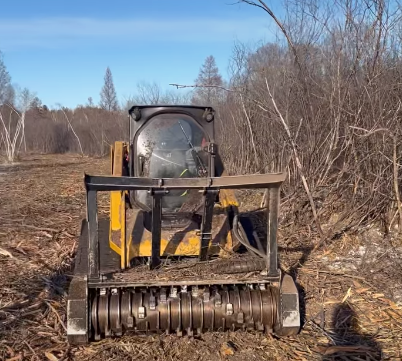
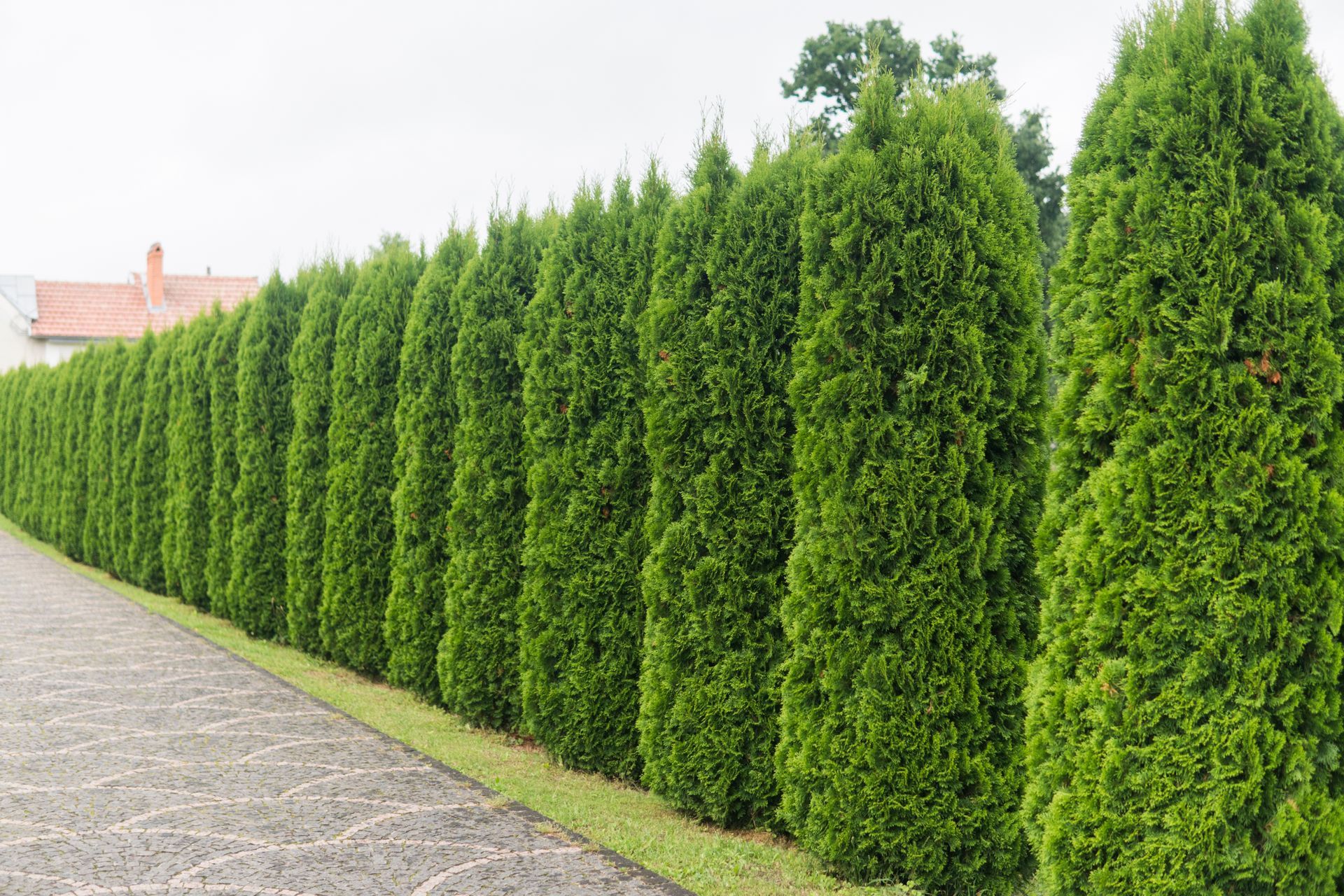
Submit A Form:
Get In Touch
We are here to help you take care of your tree care needs. Get in touch with us today to schedule your free consultation!
© 2023 All Rights Reserved | North Woods Industries, LLC | Privacy Policy

